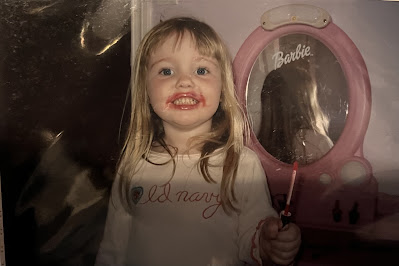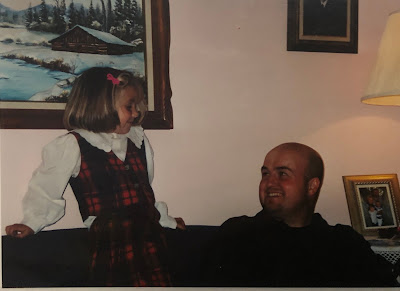For a (non-class related) series of paintings I am working on at this time (dealing with childhood experience, memory, obscurity, and emotion) I have been using old family photos (taken by my mom) as references for the series. Because of this I have spent a lot of time when home flipping through family photo albums. The pictures I am choosing to reference in this series have a connecting aesthetic theme (most notably atleast partially obscured adults (faces)) I thought I would share some of my favourite photos I have found here, since most will not find new context as paintings.
I like how authentic these photographs feel.
For almost all of these, photo credits to my mom, Natalie Evans.
















